Week 2 Focus: Primary Math ActivitiesThis week I want to focus on some tips for helping primary kids with math. I feel strongly that providing real life experiences helps to make learning meaningful, engaging, and relevant. Math is often thought of as lots of calculations, worksheets, equations and critical thinking activities, but in fact, math is used in almost every decision and action that we make on a daily basis. Here are just a few ways that we use math. I have also included some resource ideas. Sorting and ClassifyingWe sort things at home all the time. Think about your closet, dresser, cupboards, shelves. When you organize clothes, put away groceries, or clean up your room, you are sorting and classifying. This is a good time to look at the different kinds of sorting and classifying. What characteristics are you using for sorting? For example, with clothing, do you sort by type of clothing, color of items, season that they are worn, whether they are hung up or put into drawers or on shelves? These are just a few of the possibilities, but I think you get the idea. Not everyone uses the same set of "rules" for sorting and classifying, so this can provide opportunities for discussions as to how the "rules" are determined and may even lead to changing some of the ways that the sorting and classifying are done in the future. MeasurementKids are fascinated with measuring things. There are so many opportunities to practice measurement in everyday activities. One of the best places to do this, is in the kitchen. When cooking or baking, many forms are measurement are used. Measuring out ingredients involves using weight, mass, and volume to determine how much of each item to use. Scales, measuring cups, measuring spoons, and container of specific measurements are used. When the items are being prepared, temperature and time also become important if baking, chilling, or freezing is required. Another place where measurement is important, is at the store when shopping for food or clothing. When buying groceries, produce is weighed, packages have measurements to check, labels are read, and portions are measured. When buying clothing, size and height are important to know. At home, doing things in the workshop or the yard often require understanding linear measurement. Measuring lengths and widths of materials and being able to accurately use a measuring tape and calculate when doing construction is important. Here are a couple of examples of other measurement opportunities that involve longer distances. If you want to go on a trip, it is important to figure out how far away your destination might be and how long it will take you to get there. Perhaps you can plan it out together. Watch a track and field event or a football game. Distance is key in these sports. Time can also be important. You can find out more specific ideas for measurement here. Check out my measurement category for more resources. EstimationIt is amazing how many people find it difficult to estimate things. There are so many time when this can be an important skill to possess. Think about trying to estimate how much food is needed to feed a family, how many items will fit into a container, how much money you will need when you get to the checkout, just to mention a few. Being able to estimate time needed to get ready for school, when to leave for an appointment, how many things can be done during a set amount of time are other good skills to have. Learning to estimate things well takes time and practice. Start small with estimating things like how many objects are in a jar, how many items you can fit in a box, how long it will take to walk around the block. As the estimations get fairly accurate, increase the complexity. It might even be fun to have a competition to see who gets closest to the actual answer. TimeDeveloping an understanding of time takes practice. It begins as a concept that is very broad for young children. It is important to start with big ideas and gradually get more specific. Younger children aren't ready to read clocks and accurately make sense of what the time means. How many times have you heard kids telling their friend they will invite them to their party as if it is happening next week, when in fact, it may be several months away. They will talk about what they want to do next time some event happens as though it will be happening again soon. That is why calendars and schedules are introduced in the classroom and become a focus of each day. As kids become familiar with days, weeks, months, and years, they can be introduced to small portions of time. Using schedules with times attached to them will help with getting a sense of how long something lasts, what routines happen when, and if a picture of a clock accompanies the schedules, what to look for on a clock. Finally, actual clocks and written time can be formally introduced. Here are some resources for routines and schedules and telling time on an analog and digital clock. Routines And Schedules Task Cards Telling Time Task Cards Clock Templates Telling Time Task Cards Bundle GeometryMany people struggle with spacial awareness. Learning about geometric shapes and solids, help with understanding how different things fit together. When creating structures it is important to understand how shapes go together. Imagine trying to balance a cube on a sphere when building a house. Try doing some puzzles or activities that work with stacking objects, creating structures, making 3D puzzles, or even doing something like building a gingerbread house. For some geometry games and activities, check out my geometry category. FractionsLearning about fractions is another thing that can be confusing for kids. Sharing a pizza, or cutting slices of a cake or pie help them to visualize what is happening. Using lego can also help with seeing how different pieces can make a whole. The more opportunities they have to see fractions in real life, the better they will be able to apply the abstract concepts. Basic operationsThere are so many examples of how basic operations like addition, subtraction, multiplication and division are part of daily life. It might be fun to get the kids to find ways that they use them instead of giving them examples. Perhaps they could create list of how they use these operations during the day and then compare them with other family members. Final thoughtsWell, there you have some different options for adding math into daily living. As you can see, it is actually an integral part of our daily lives already. We just need to stop and focus on it sometimes. There are many other examples out there. I have given you a few, now let your imagination and daily experiences show you other ways that math is used. Feel free to share some of these in the comments. If you are looking for math resources for primary kids, I have many different ones available in my TPT store. Check them out here. Next time I will be sharing ideas for science activities. Check out last week's post if you want more ideas for how to incorporate language arts in everyday experiences. Related Posts
0 Comments
Week 1 Focus: Primary Language ArtsHome-school connections have been more important than ever this year because of the pandemic. It has also created some new and sometimes overwhelming situations for teachers, kids, and families as they have tried to navigate this new way of learning. For the next few weeks, I will be focusing on different subjects and providing teaching tips for school and home to support kids and parents. This week the focus is primary language arts. I will be providing teaching tips, activities and games to connect school instruction with real life experiences, and also some reasons that it is important to have this connection between school and home. Language activities start at homeBeing able to communicate is important. This communication has many elements that are all included in language arts. Language arts includes reading, writing, oral communication, and language development. It is not just something that is taught and practiced at school. Children get their first exposure as babies and those that have a rich exposure to language when they are young have an advantage when they arrive at school. Family members are the first teachers of language arts. They introduce kids to oral communication, stories, and sometimes the start of written language. At school, teachers work with these beginning skills and help kids develop them. Connecting school and home with real life activitiesAt school, children are introduced to the mechanics of language. They learn to recognize letters, use phonics to decode words, make sense of written language, start writing ideas down, do oral presentations, and develop a deeper understanding of these ways of communication. If they are able to connect these skills with real life activities at home their learning experiences will be enriched. There will be added benefits of quality family time and involvement. Activities and games to reinforce language skillsGames and activities are great ways to engage kids and help develop their skills. They have so much fun doing the activities, they don't realize that they are practicing the skills. Here are some suggestions that might be fun to try. (Some of these are products that I created. They are linked so you can check them out.) Phonics and Vocabulary Activities - sight word games - Boggle Jr. - Scrabble Jr. - Soundo games - Hangman - Word searches - Crossword puzzles - Vocabulary Mandalas - computer activities Reading Activities - Reading aloud/story time - Reader's theater - Re-enacting stories (example: Stone Soup) - Novel studies (example: Horrible Harry series) - Book review Writing Activities - poetry using nursery rhymes or songs (example: Orchestrating Writing Poetry) - 5 senses writing - using scaffolds - Mad Libs - Silly sentences (parts of speech) - keeping a journal or diary Oral Communication Activities - retelling stories - reading aloud and changing voices for different characters - reader's theater - discussions - interviews - listening to audiobooks Teachers are willing to help support families as they provide everyday enrichment for the skills and concepts presented at school. It is important to remember that they may also have children at home that need that support and time, so we need to remember not to overwhelm them either. As teachers and families develop a connection, everyone will get through these challenging times. Remember: we are all cheerleaders for the kids. We want what is best for them and as we work together, they will succeed. I hope these tips are helpful as you navigate through the next few months. Next week I will be focusing on Math tips and activities. Related PostsTips For Teaching Sight WordsSight words are important for developing reading fluency. Using sight word games and activities will help engage children in learning them. The English language is complex and many words are not phonetic and need to be learned by sight. Other words are phonetic and can be decoded, but fluency and comprehension will be affected if too many words need to be decoded. Being able to recognize high frequency words by sight will improve fluency and comprehension. It is important to make sure that the children are ready for learning sight words before starting. They need to know their alphabet letters well. Phonics should be taught at the same time so that they have the phonemic awareness necessary to decode when needed. Tips For Introducing and Practicing Sight WordsIntroduce only a few words at a time and do several activities and games to reinforce them before adding in more words. Review words that are already known before introducing new words. It is important to keep revisiting these words as you add new ones so they don't get forgotten. Children will progress at different speeds, so they need to have some individualized instruction to make good progress. Small group activities can be done, but only as the kids are ready for them. Doing activities during guided reading can also help. Usually the kids are of similar ability and they would benefit from some directed teaching of the sight words. Tactile activities can help kinesthetic learners. Try using playdoh or wix sticks, tracing letters in sand, or moving around letters on a magnetic board. The goal is to practice the words in as many ways as possible to imprint them into memory. Another great tool is a sight word ladder. It is a folder with pockets that hold sight words. the goal is to move the cards up the ladder as the words are mastered. The basic sight words are divided into groups and assigned colours. When all the cards of one colour are mastered, the student moves on to the next colour. Sight Word Games And ActivitiesOnce they have mastered several sight words, it is time to add in some more games and activities. Memory games, bingo, letter scrambles, word searches, puzzles, etc. I have created several sets of themed sight word cards and some bingo cards as well as sight word practice activities for 220 high frequency sight words and 95 common nouns. You can check them out by visiting the Sight Words Category in my store. Here is a sampler activity to try. I hope these tips are helpful. I would love to hear what you use to help kids learn their sight words. Related PostsWhat is Figurative Language?Have you ever been told to "get your head out of the clouds"? How about "hold your horses"? Can you just imagine what a person who is new to the English language must be thinking when they hear these expressions? I really didn't think too much about it until I had a student in my class who was a very literal thinker. I had no idea just how many different times during the day we used figurative language in the classroom. We are so accustomed to it, that we don't even realize that we are using it. There are several types of figurative language. Today I am going to focus on idioms and some fun figurative language activities for kids. What is an idiom?According to the dictionary, an idiom is an expression that cannot be understood from the meanings of its separate words but that has a separate meaning of its own. For example: when we say that someone has "ants in their pants" we don't really mean that they have ants crawling around in their pants. Instead, we are referring to them being wiggly and having trouble sitting still. Here are a few other common idioms: full of beans sick as a dog a dime a dozen back to the drawing board once in a blue moon spill the beans down to the wire in hot water play it by ear raining cats and dogs in a pickle There are many more, but I think you get the idea. My daughter-in-law is Korean, and when she moved to Canada, she was often confused by the expressions we used. She would ask me what I meant when I said something that didn't fit with what the words said. This made me more aware of what I was saying. She has been here for six years now, so she is comfortable with the way we talk and often uses figurative language herself. Back to the student I had who was a literal thinker. I introduced him and my class to the Amelia Bedelia books. The author, Peggy Parish, had a wonderful way of helping us understand how much we use expressions when speaking. The character Amelia Bedelia did everything as literally said which led to some very comical situations. The children loved the way she reacted and they found it amusing to see how she would behave in each situation. My literal student began to understand that sometimes when we say something, it might have a different meaning than the words used. Fun Figurative Language Activities Using IdiomsHere are some activities that worked well with my students. You might like to try them with yours. 1. Create an idiom booklet Out of this situation, a new activity was born. We began a study on idioms and started to collect a list of expressions that we found in the books and in our daily conversations. Our goal was to come up with 100 since hundreds day was coming up soon. Needless to say, we could barely get a word out without someone saying "idiom". It was fun for the class, but it also had the potential to distract us from other things we were working on. We had to start making some guidelines to keep it in check. Once we had our expressions, we decided to do some activities with them. We created a class idiom booklet and each person was given 4 or 5 idioms to illustrate for the booklet. This booklet was a favourite for free reading time and barely lasted throughout the year because of its popularity. 2. Use Idiom task cards for a center activity I created some idiom task card games that we were able to play in small groups or as center activities. I used the theme of turning lemons into lemonade for these cards. You can check them out here. The following year, I created another set of task cards. It is called Figurative Language Task Cards. You can check it out here. 3. Use Amelia Bedelia stories to study figurative language The Amelia Bedelia series of books was very popular with all my students. Herman Parish, a nephew of Peggy Parish, continued her legacy with Amelia Bedelia and wrote some simple readers and some chapter books about Amelia's childhood. These books provided me with enough differentiated material on the same character for everyone in my class to read. We were able to study the characters, learn about idioms, and work on our reading skills at the same time. 4. Try out this activity for Good Work, Amelia Bedelia When I retired, I continued to work with small reading groups at my school. I found that the Amelia Bedelia books were still a good fit for some of the guided reading groups I was working with. I created an activity to go along with the Good Work, Amelia Bedelia book to use here. If you would like to find out more or get your own copy, check it out here. 5. What does the idiom mean? I have been thinking a lot about language lately, and I decided to create another idiom activity. It includes 39 different idioms with 10 of them that have two different images, so 49 pages in all. I have also created a small sampler of it that you can get here by clicking on the image. So there you have a few ideas for using idioms in your classroom. I hope your students have as much fun as mine did. Don't forget to grab your free sampler of idioms here. I would love to know more about how you use idioms in your classroom. Related postsHandling money is fascinating for children and it can be used to teach many different skills. It is also challenging for some children to grasp how it works. Teaching kids about money with games and activities will help them to make connections that can be used in real life. The more opportunities they have to work with it and handle it, the better they will understand how to use it. Learning the value of moneyI find it fascinating to watch kids choose nickels over dimes when given a choice.They don't know the value, but they think that bigger is worth more. They are always surprised to find out that the dime is worth more than the nickel. It is important to teach them what the values of the different coins are and how they can be combined in different ways to equal a certain amount of money. For example, 50 cents could be 2 quarters, 5 dimes, 10 nickels, 50 pennies, or combinations of these coins. Counting coins and bills is fun, and it is important too. In order to correctly pay for things or make change when given money, children need to understand how to count money. This is a great time to do activities that encourage exchanging money. Perhaps they could pretend to go shopping, or do some activity where they need to order food at a restaurant and pay cash for it. Understanding written money amountsBeing able to recognize money amounts in written form is also difficult for many children. They often get confused by the $ and the decimal point. The ¢ is not as difficult for them to recognize and use. The more they use both forms, the easier it will be for them. For younger children, explaining how the decimal works might be too abstract, but they should be able to understand that dollars come before the decimal and cents come after it. I like to use lots of games and activities to practice this. I created some task cards and Boom sets for counting money and matching up the ways it is written. You can check them out here. Debit cardsMany children think that money is a plastic card that parents use when they go shopping. They don't understand that a debit card is used for transferring money as a payment, but that the money needs to be there in order to spend it. They need to have this concept explained and taught to them. I discovered this when I was teaching my grade 3 class about money. This led to creating a unit with them about money, how to earn it, how to save it, and what happens when it is spent. It was a great learning experience for all of us. You can read more about it here. Making connectionsKids love to hear stories that relate to what they are learning. This was a great chance for me to share a story about my kids and their grandfather. Their grandfather saved any coins he received when he went places or bought things and he kept them in a container at home. When we would go over to visit, he would dump the coins out in the middle of the bed and let the kids take a handful of them. They were allowed to keep whatever they didn't drop as they went from one side of the bed to the other. It didn't take long for the older ones to strategically choose which coins they wanted to grab to gain the most money. He also had a big pig that he put all the pennies in. Once a year, they got to roll the pennies and take them to the bank. These activities gave them opportunities to practice handling money and counting it. Real life situations and other ways to use moneyMoney is also a great tool to use when practicing addition and subtraction. I often taught my students to "go to the bank" when they needed to regroup. We would also practice taking pennies and trading them in for dimes, taking dimes and trading them in for dollars, and the reverse. It helped them to visualize how regrouping works. The same thing can be done with base ten blocks, but my students were much more excited to use the money to do the regrouping. Real life situations are the best ways to help kids understand the importance of money. If they have a bank account and can see the money being deposited and withdrawn they will understand that money needs to be in the account in order for it to be taken out. Maybe they can be given opportunities to pay for things and then count the change to double check that they got the correct amount back. Learning about ways to earn money, save money, and give money is also important, but I will save that for another time. Here is a free set of task cards that may help with practicing how to recognize the way money amounts are written. You can get a copy by clicking the image. I hope that you found some ideas here to help with teaching money. Let me know in the comments if you have some other ways that work for you. I would love to hear about them. Don't forget to grab your free task cards by clicking the image or here. Related Posts
|
About Me Charlene Sequeira
I am a wife, mother of 4, grandmother of 9, and a retired primary and music teacher. I love working with kids and continue to volunteer at school and teach ukulele. Categories
All
|
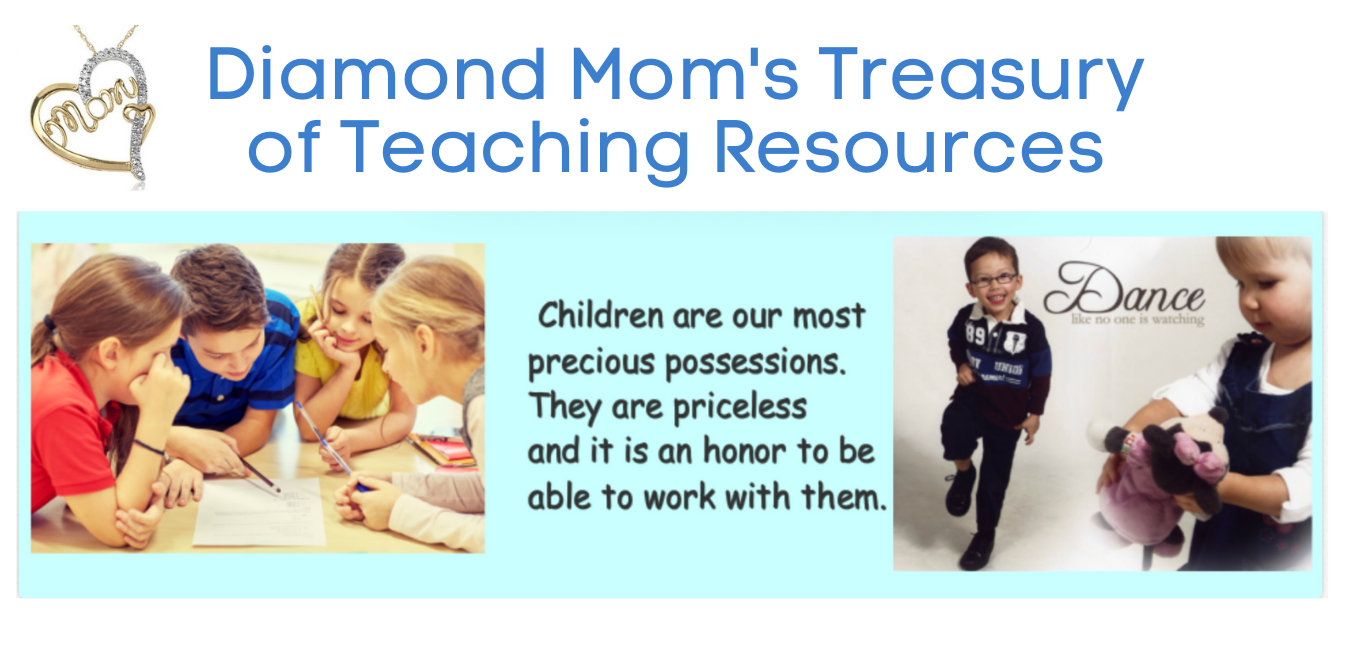
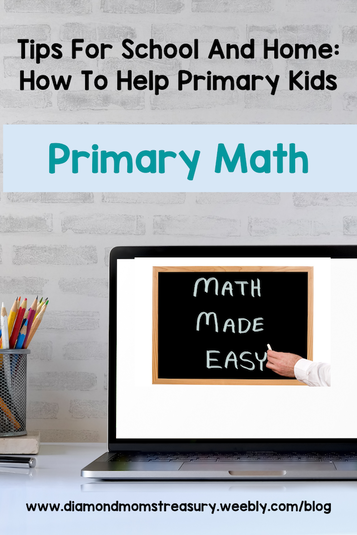
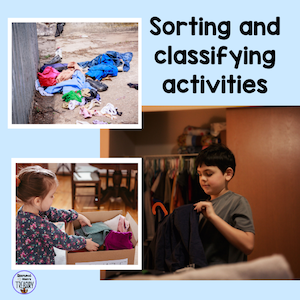
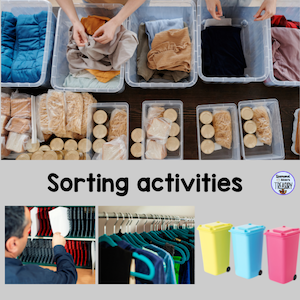
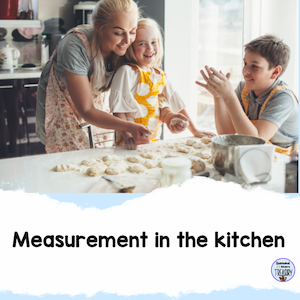
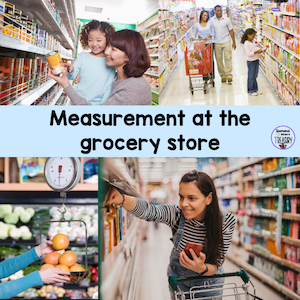
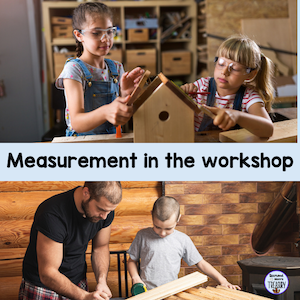
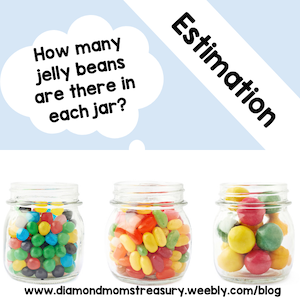
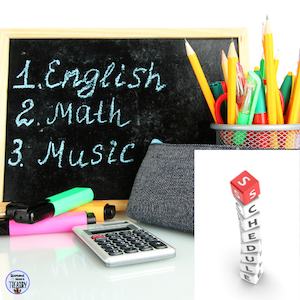
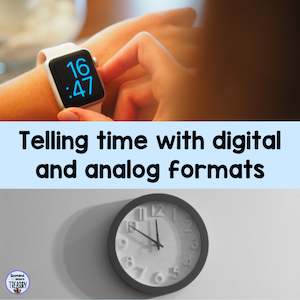
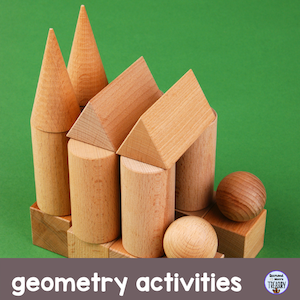
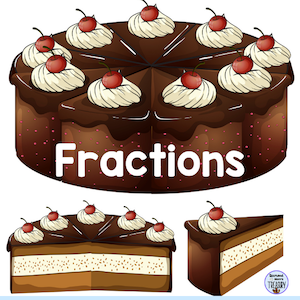
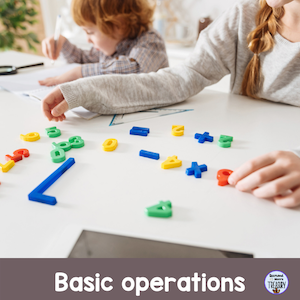
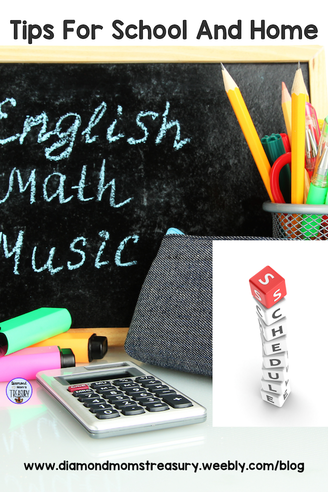

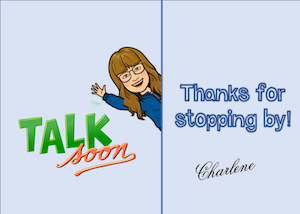
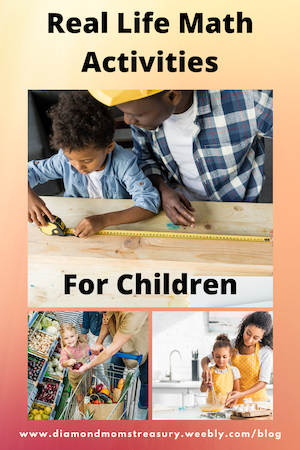
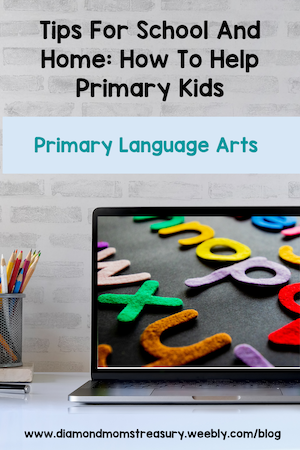
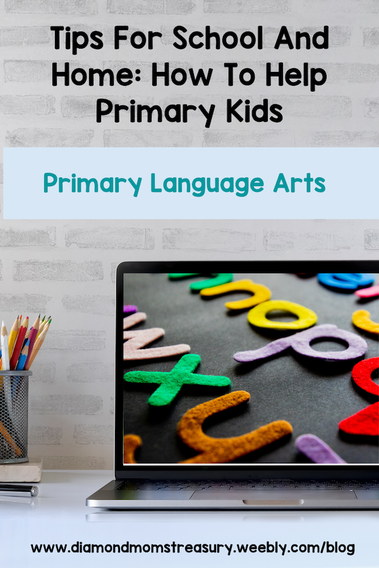
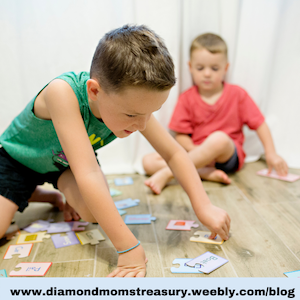
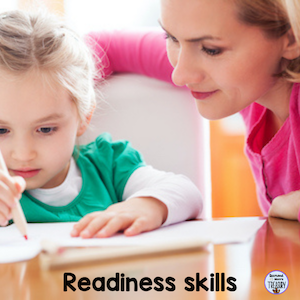
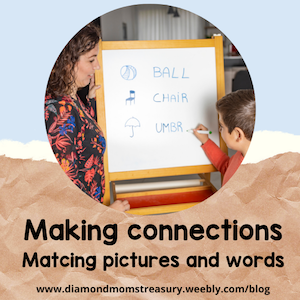
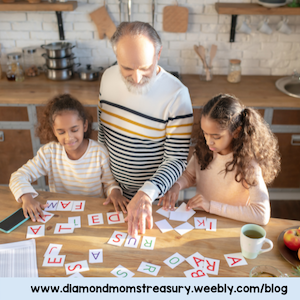
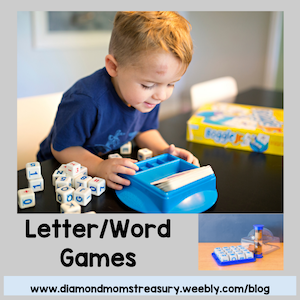
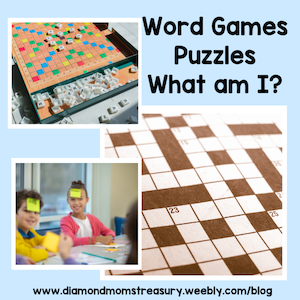
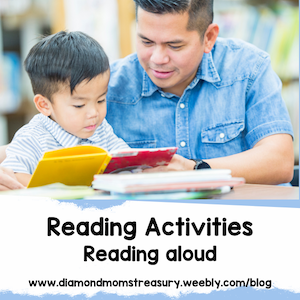
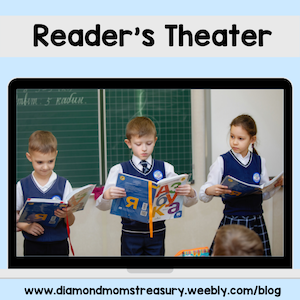
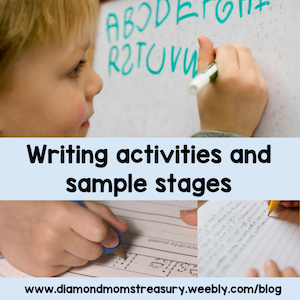
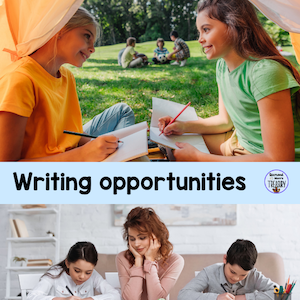
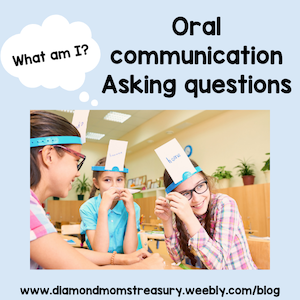
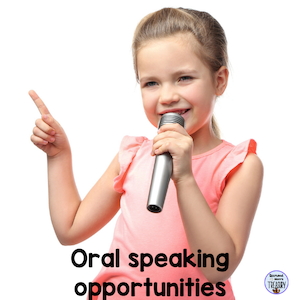
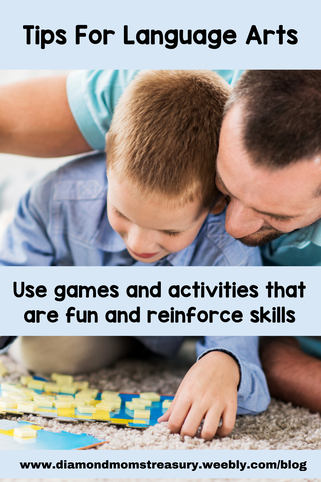

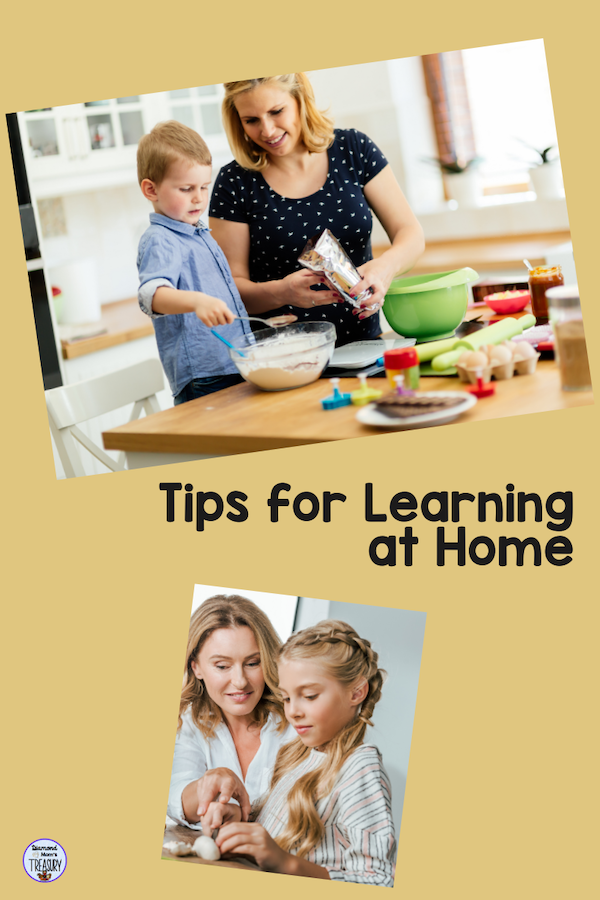
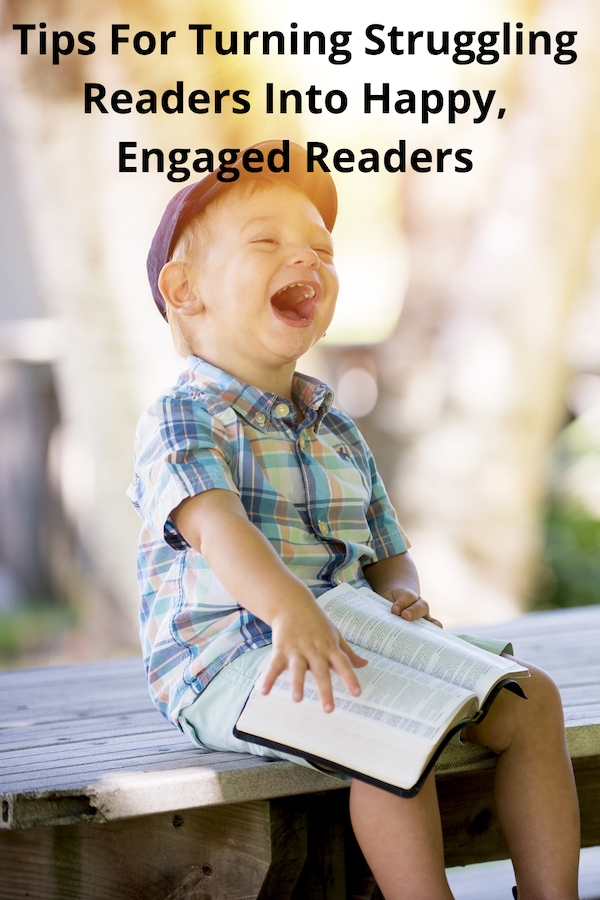
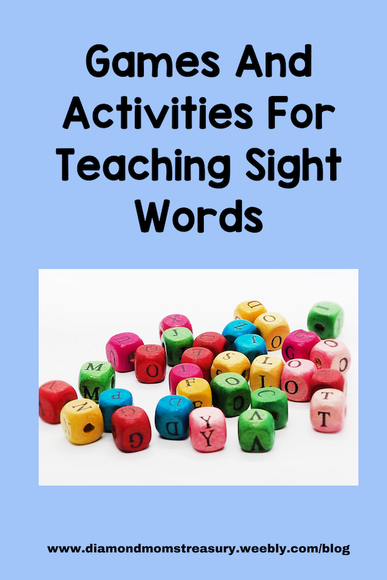
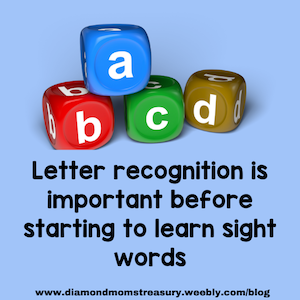
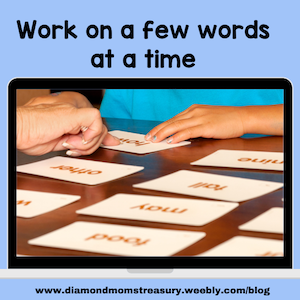
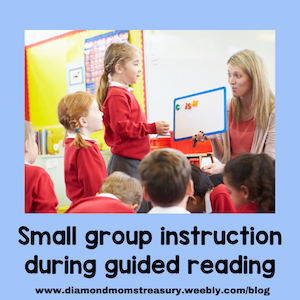
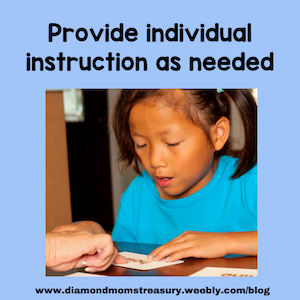
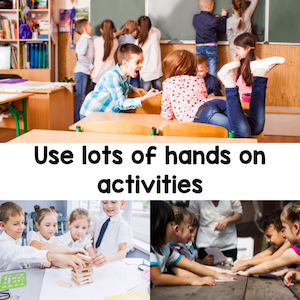
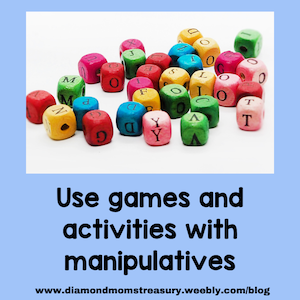
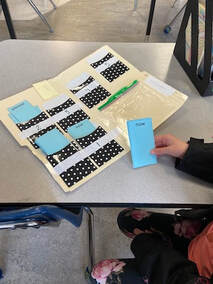
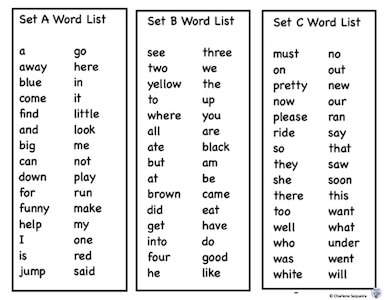
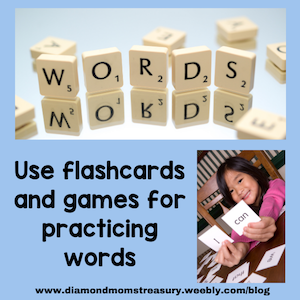
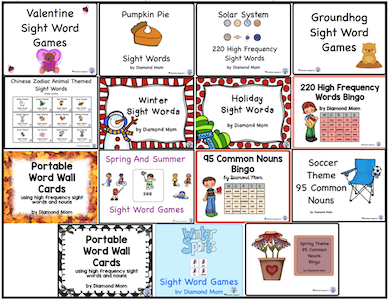
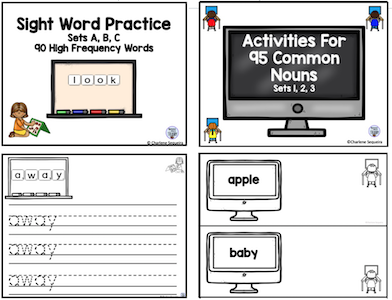
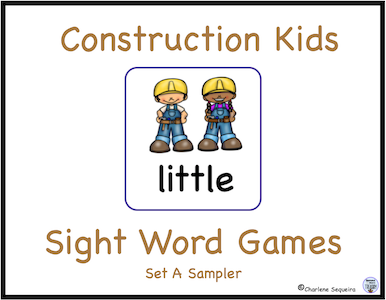
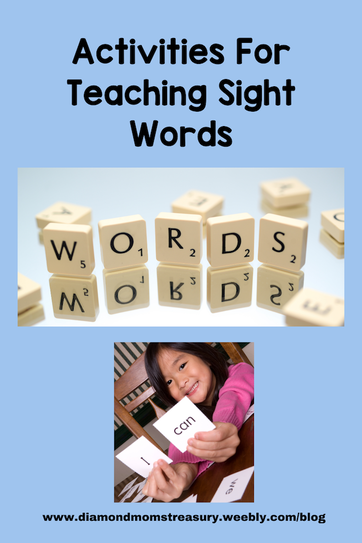

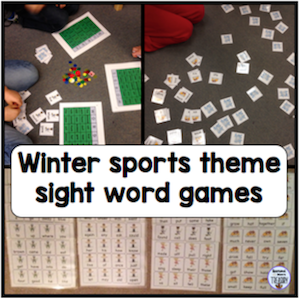
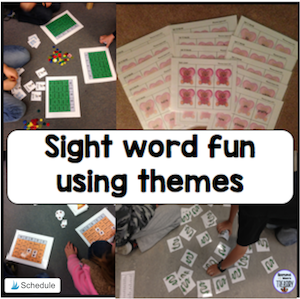

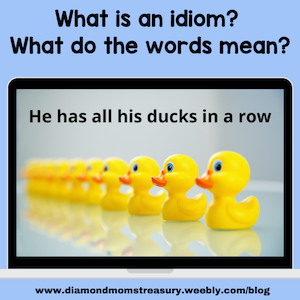

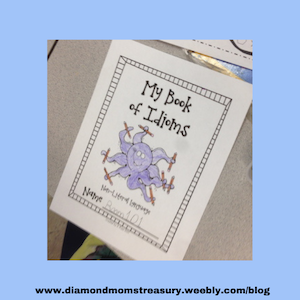
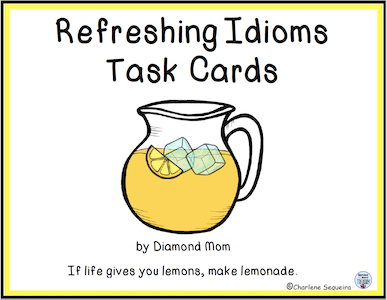
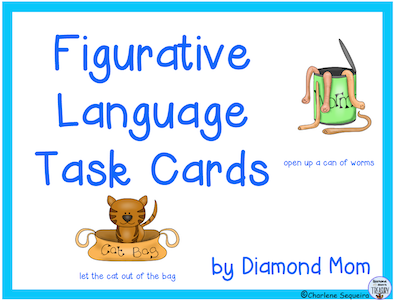
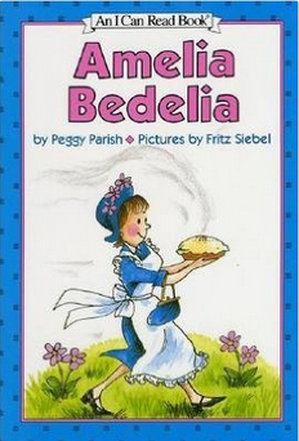
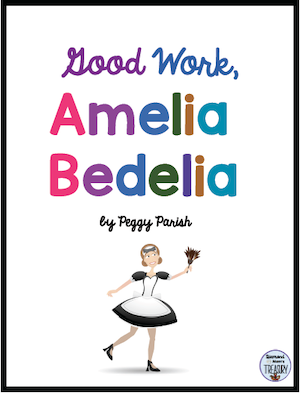
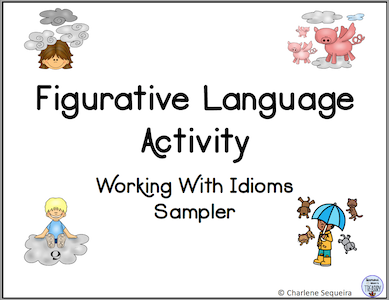


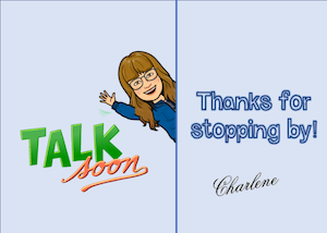
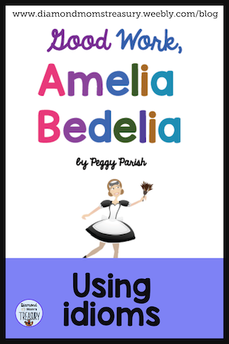
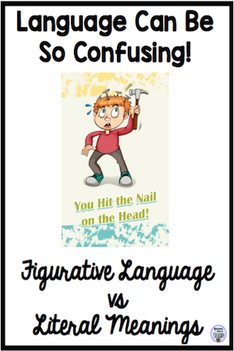
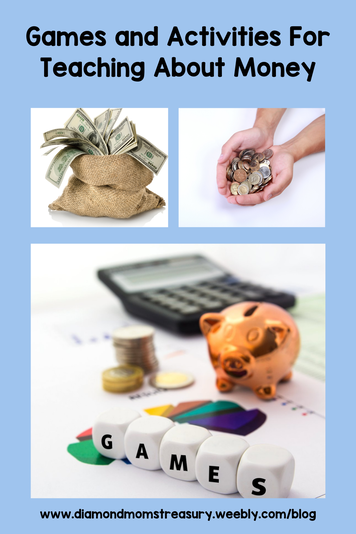
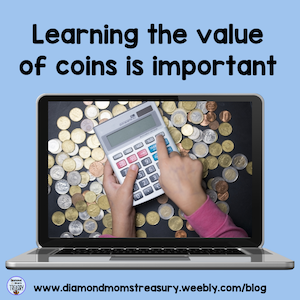
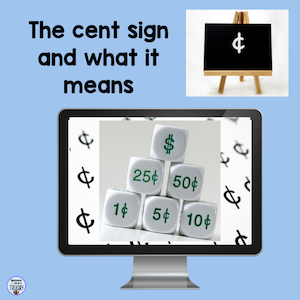
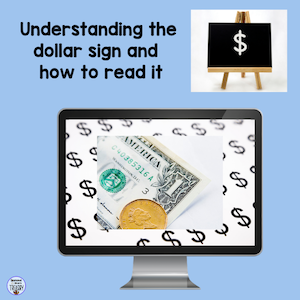


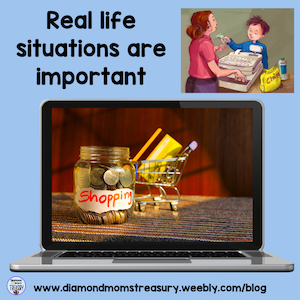
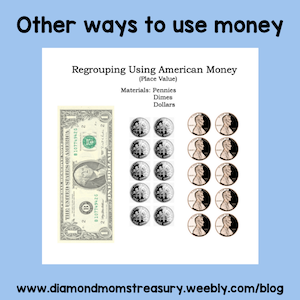
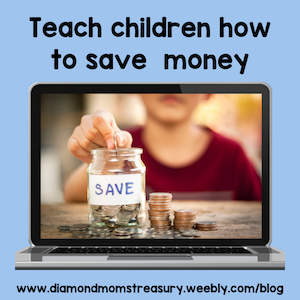
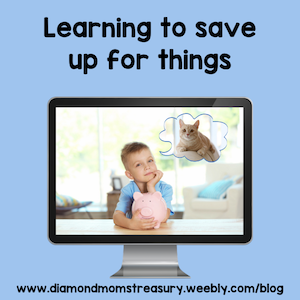
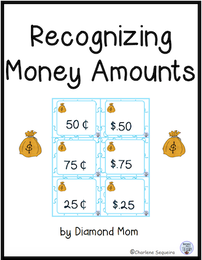


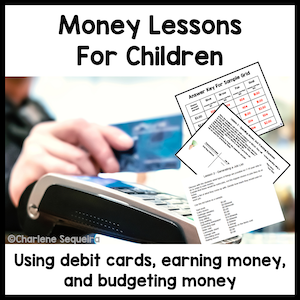
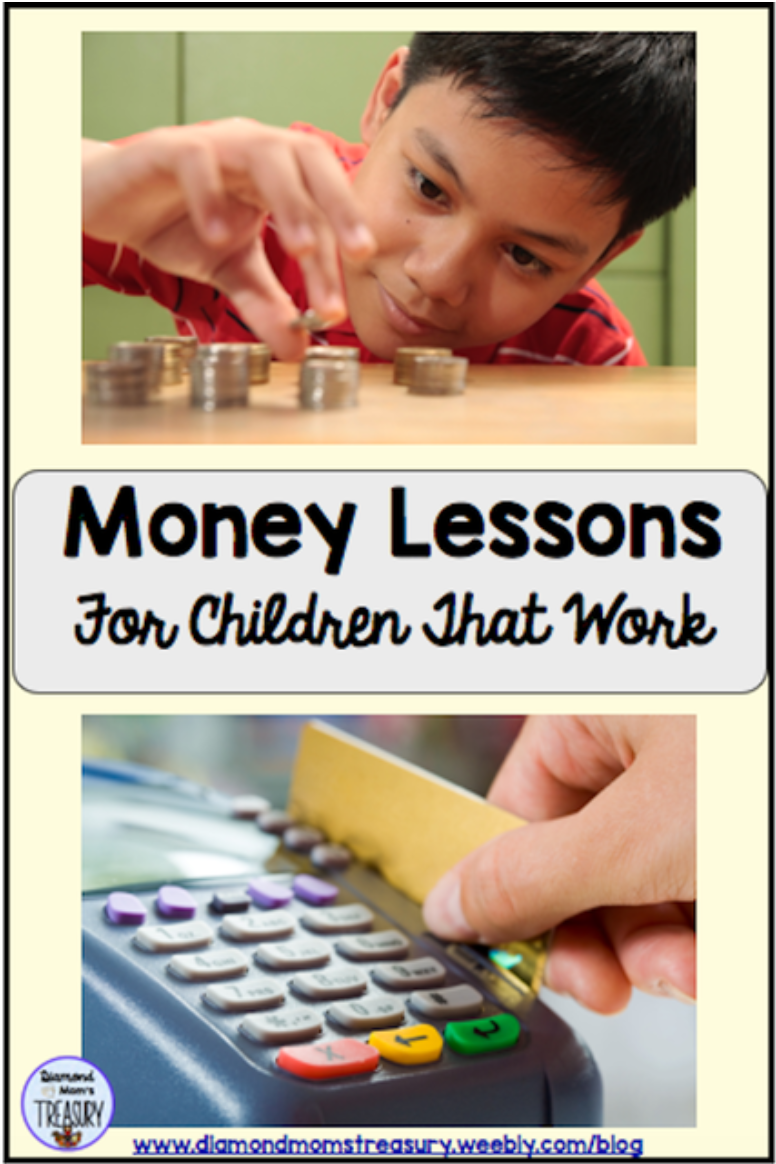



 RSS Feed
RSS Feed